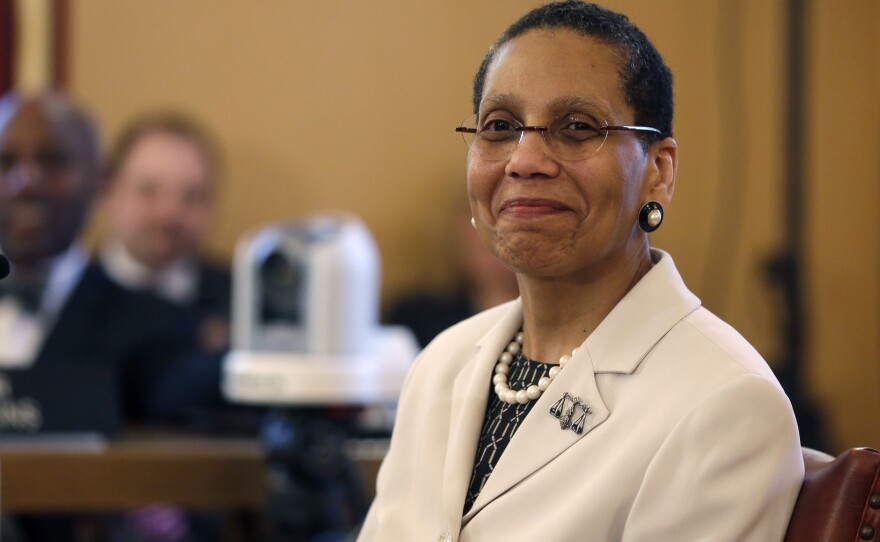The body of Associate Judge Sheila Abdus-Salaam, the first African-American woman to be appointed to New York's Court of Appeals, was found dead in the Hudson River on April 12.
At first, clues led authorities to believe she committed suicide: There appeared to be no signs of trauma on her body, she was fully clothed and there were no obvious signs that a crime had taken place.
But the judge's husband and other family members disputed reports that Abdus-Salaam would take her own life.
The Los Angeles Times reports:
"Gregory Jacobs, an Episcopal priest who become Abdus-Salaam's third husband when they married last year, also challenged the portrayal of his wife as suicidal." 'Reports have frequently included unsubstantiated comments concerning my wife's possible mental and emotional state of mind at the time of her death. Those of us who loved Sheila and knew her well do not believe that these unfounded conclusions have any basis in reality,' read a statement Jacobs released Wednesday."
A spokesman for the New York Police Department said the judge's death was deemed suspicious — meaning circumstances of the death haven't been clearly established.
The medical examiner's office hasn't made an official determination of what caused Abdus-Salaam's death.
The New York Times reports police are piecing together her last moments, trying to determine how her life came to an end:
"The night before her body was discovered, video cameras recorded Judge Abdus-Salaam, a widely respected New York State Court of Appeals jurist, walking around for hours in Riverbank State Park in Upper Manhattan, according to several people briefed on the investigation into her death.
"Surveillance footage shows the judge leaving her home in Harlem on the evening of April 11, wearing the same clothes that she wore when she was found the next day, according to the people, who spoke on condition of anonymity to discuss a continuing investigation.
"Judge Abdus-Salaam then made her way to the park; the cameras last captured her standing near the water's edge."
Copyright 2017 NPR. To see more, visit http://www.npr.org/.






